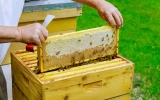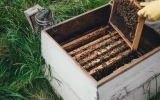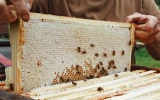How Much Honey Is In a Full Honey Super? (8 & 10 Frames)
Honey supers come in various sizes, but the most common are the 8-frame and 10-frame honey supers. A beginner beekeeper would surely want to know how much honey is in 8 and 10 frames. It can help you determine which one meets your requirements and specific needs.
A full honey super can store 30 to 40 lbs of honey for an average 8-frame setup. Meanwhile, a common 10-frame honey super can weigh between 40 and 50 lbs. Factors such as the size of the honey super, geography, weather, honey flow, and beekeeping practices can affect the harvest.
To learn more about these two types of honey super, this article covers the main differences between 8- and 10-frame honey supers. It will also assist you in determining which honey super option is best for your hive.
Summary
- The amount of honey in a full super can vary depending on factors such as the type of bee, the location, and the time of year.
- There are at least eight kinds of honey supers in beekeeping. They vary significantly in dimensions and purposes.
- The honey should be extracted immediately after it is harvested to prevent the bees from re-entering the cells and consuming the honey.
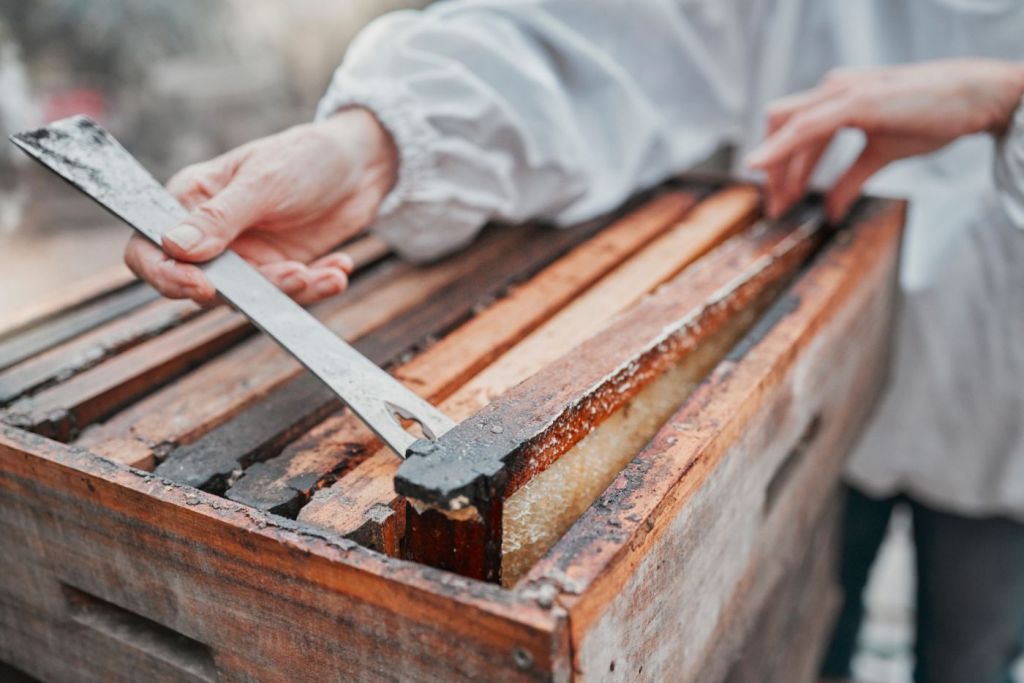
On this page:
How Much Honey Can 8-Frame Honey Supers Store
It's an excellent choice if you want to avoid overwhelming the bees in small hives. In their first year of production, this super is also used in hives that produce less honey than larger colonies.
Because of its small size, it's easier to lift and move. Hence, 8-frame honey supers are often preferred by beginner beekeepers and those with a limited budget.
An 8-frame honey super is also perfect for urban beekeepers who have limited space to work with. Moreover, they are also cheaper than 10-frame honey supers.
Here is a how much honey is in 8-frame honey supers:
- 8 Frame Shallow - 15 to 20 lbs
- 8 Frame Medium body - 20 to 30 lbs
- 8 Frame Deep body - 40 to 60 lbs
How Much Honey Can 10-Frame Honey Supers Store
Experienced beekeepers use it on large or established hives that can produce more honey. By using a 10-frame honey super, beekeepers can make more efficient use of the space in their hives.
Moreover, the extra frames can provide more space for the honey to flow out of the frames, reducing the time required to extract the honey.
Using 10-frame honey supers can also benefit the bees. It gives them more space to store honey and less crowded conditions in the hive. This setup helps reduce the risk of disease and other problems for your bees.
Here is a how much honey is in 10-frame honey supers:
- 10 Frame Shallow - 20 to 25 lbs
- 10 Frame Medium body - 30 to 40 lbs
- 10 Frame Deep body -42.75 Liters
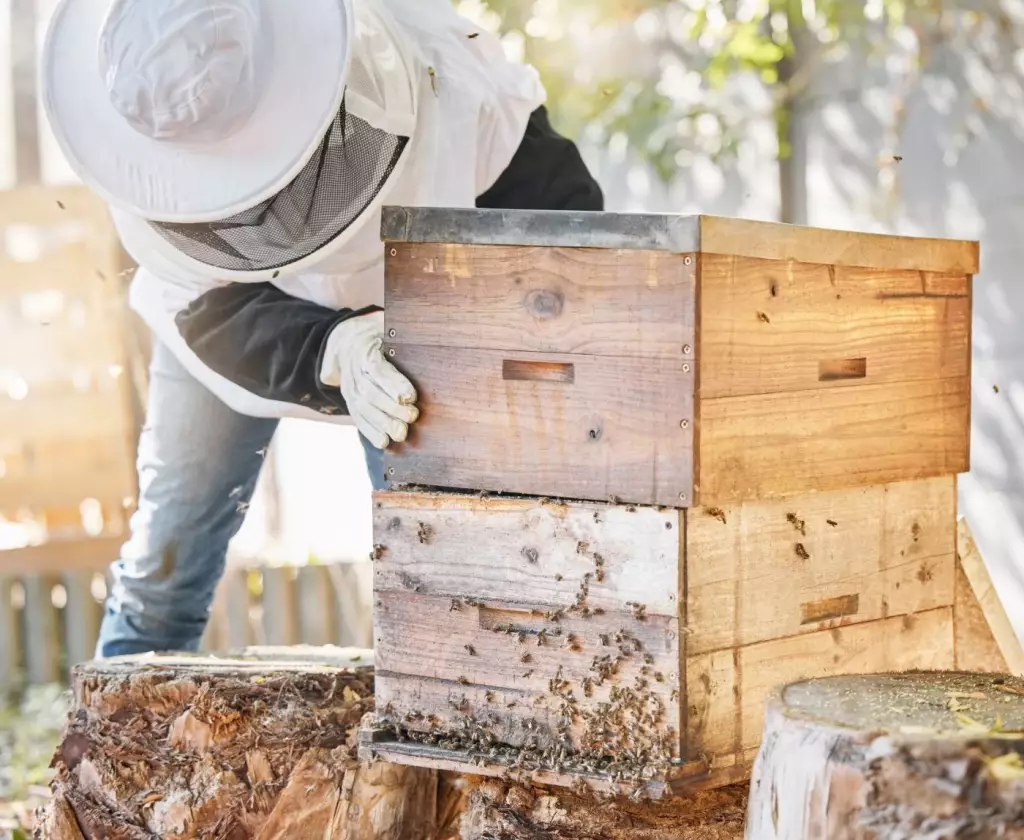
How to Estimate the Amount of Honey in a Full Honey Super
Estimating the amount of honey in a full honey super is an essential task for beekeepers, as it helps them to determine when to harvest the honey and how much they can expect to collect.
Below are a few different methods to estimate the amount of honey in a full honey super.
Extractor method
The extractor method is one of the most accurate methods for estimating honey. This method involves using a honey extractor to spin the comb and remove the honey. One of the drawbacks of the extractor is it requires specialized equipment.
Honey flow rate method
This method accurately measures the honey flow rate from the hive to the honey super. It requires a beekeeping scale and a period to estimate the honey flow rate over time.
Weight measurement
This method involves weighing the full honey super before and after it's harvested. The difference in weight is the amount of honey that was removed. However, this method can be affected by the weight of the comb and any other materials in the super.
However, this method can be affected by the weight of the comb and any other materials in the super.
Visual inspection
This method involves looking at the color and texture of the honeycomb. A darker and denser comb typically indicates more honey. Meanwhile, a thick, syrupy texture indicates a higher concentration of nectar and more honey.
However, this method could be more accurate and should be used with other methods.
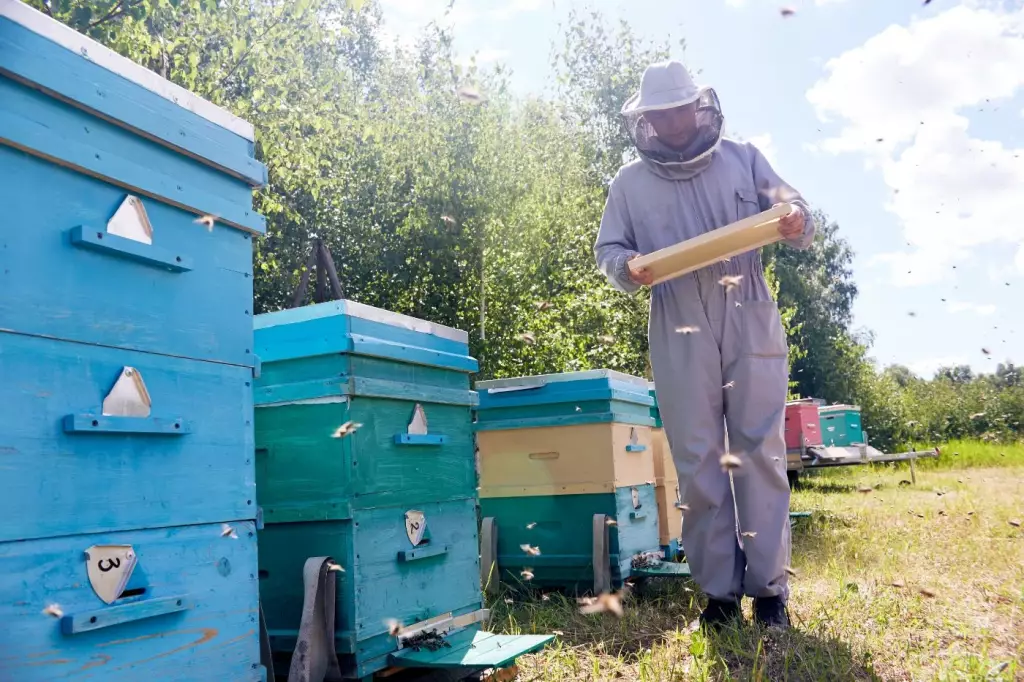
Factors That Affect How Much Honey in a Honey Super
The amount of honey in a honey super can vary greatly depending on several factors, such as:
Type of flower
Different flowers produce nectar with varying concentrations of sugar, which can affect the amount of honey produced. For example, clover and alfalfa have nectar with a higher sugar concentration than many other flowers, so bees collecting nectar from these plants will make more honey.
Size and health of the bee colony
A larger colony of bees will have more foragers bringing nectar back to the hive, which can result in more honey being produced and stored in the honey super.
Additionally, the colony's health is another important factor affecting honey production in a honey super. A colony suffering from disease or pest infestations may not produce as much honey as a healthy colony.
Time of year
The time of year can also affect honey production in a honey super. Some plants bloom earlier or later in the season, and others may not flower in specific years. In addition, the amount of daylight can affect the rate at which bees forage for nectar, resulting in more foraging and more honey production.
Honey flow
The honey flow is when the nectar from a particular type of flower is available for the bees to collect. During a strong honey flow, bees will be able to collect more nectar and thus produce more honey than during a weak honey flow.
Beekeeping practice
Certain beekeeping practices can affect the amount of honey a colony produces. Using chemical treatments on hives, for example, may decrease honey production. Meanwhile, using queen excluders can limit the amount of honey produced.
Weather conditions
Bees need warm temperatures to fly and forage for nectar, so a prolonged period of bad weather can slow down the rate of nectar collection and reduce the amount of honey in the super. In addition, a lack of rainfall can make it difficult for plants to produce nectar, affecting honey production.
Pests and predators
Pests and predators can also affect honey production in a honey super. Wax moths, for example, can destroy honeycomb and reduce the amount of honey.
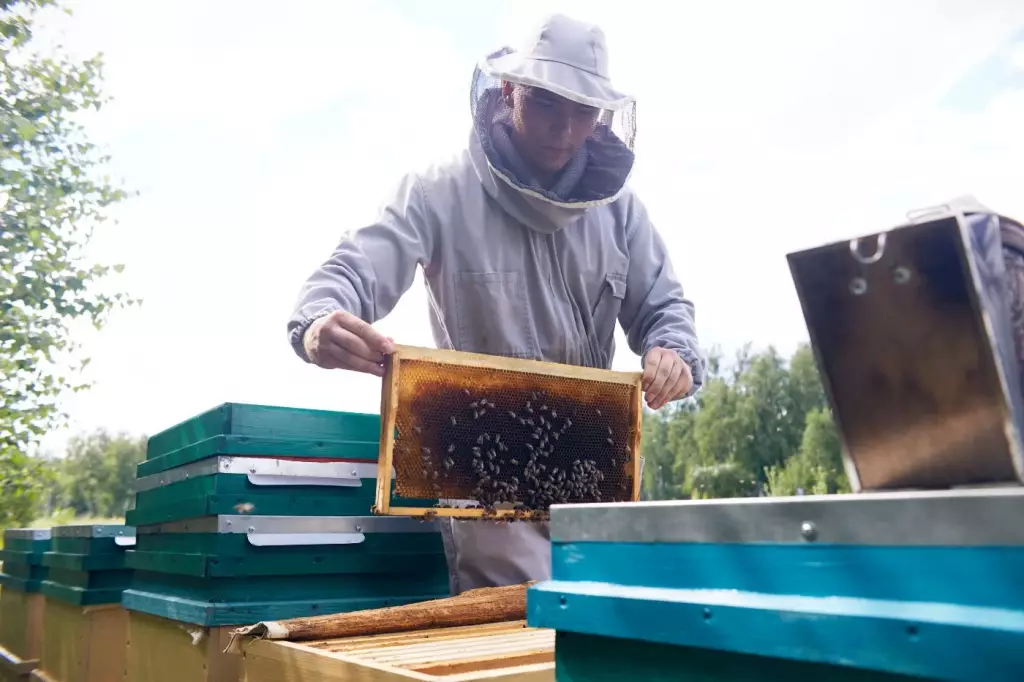
What are the Different Kinds of Honey Supers?
Honey supers are boxes placed on top of a beehive to collect the excess honey that the bees produce. Different types of honey supers can be used, each with its specific purpose and design.
-
Langstroth supers: These are the most common type of honey super and are designed to fit the Langstroth beehive.
-
Dadant supers: These supers are slightly larger than Langstroth supers and are designed to fit the Dadant beehive.
-
British National supers: These supers are slightly smaller than Langstroth supers and are designed to fit the British National beehive.
-
Medium supers: This is a size between Langstroth and Dadant supers.
-
Deep supers: These supers are deeper than standard supers and are used for honey storage.
-
Shallow supers: These supers are shallower than standard supers and are used for brood rearing.
-
Comb honey supers: These specially designed supers allow the bees to build comb honey directly in the frames.
-
Wax-coated cardboard or plastic supers: These disposable honey supers can be used for one season and then thrown away.
